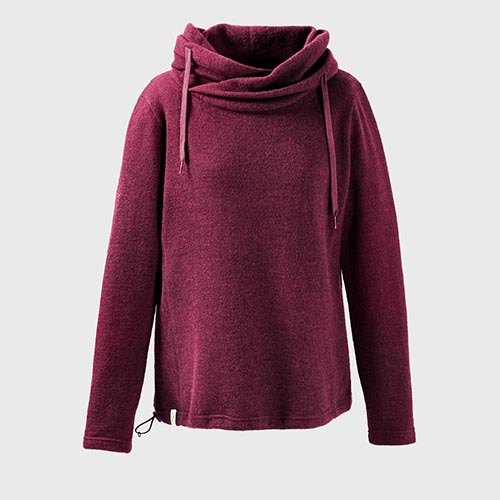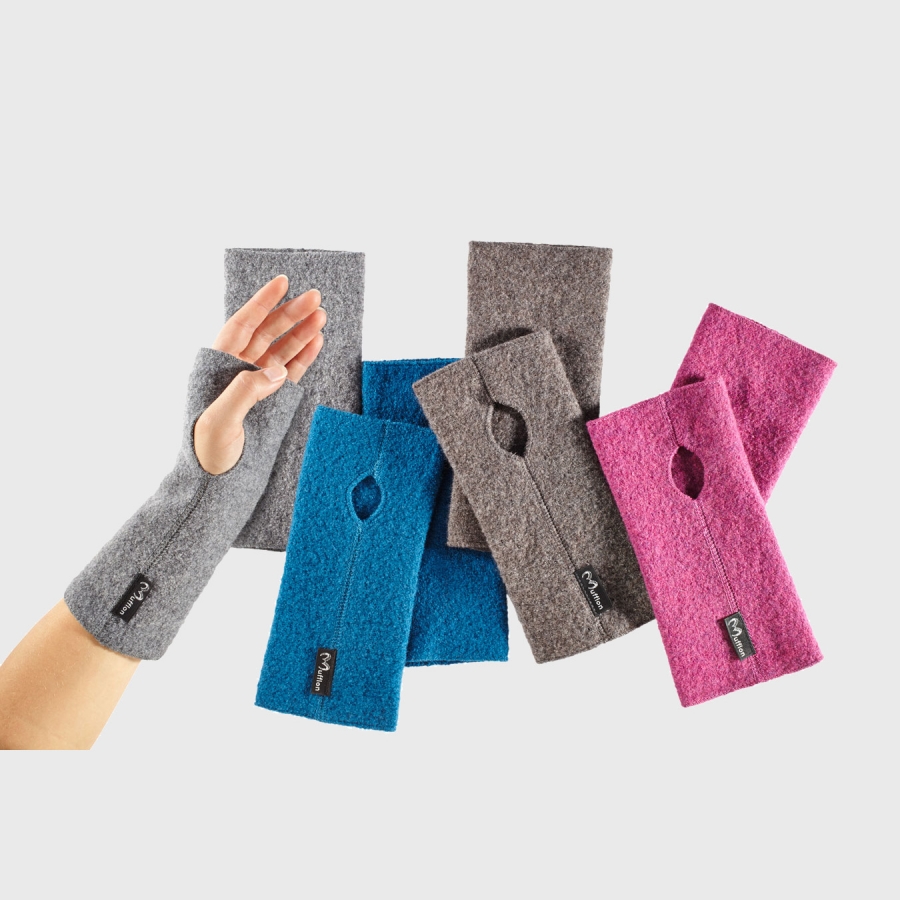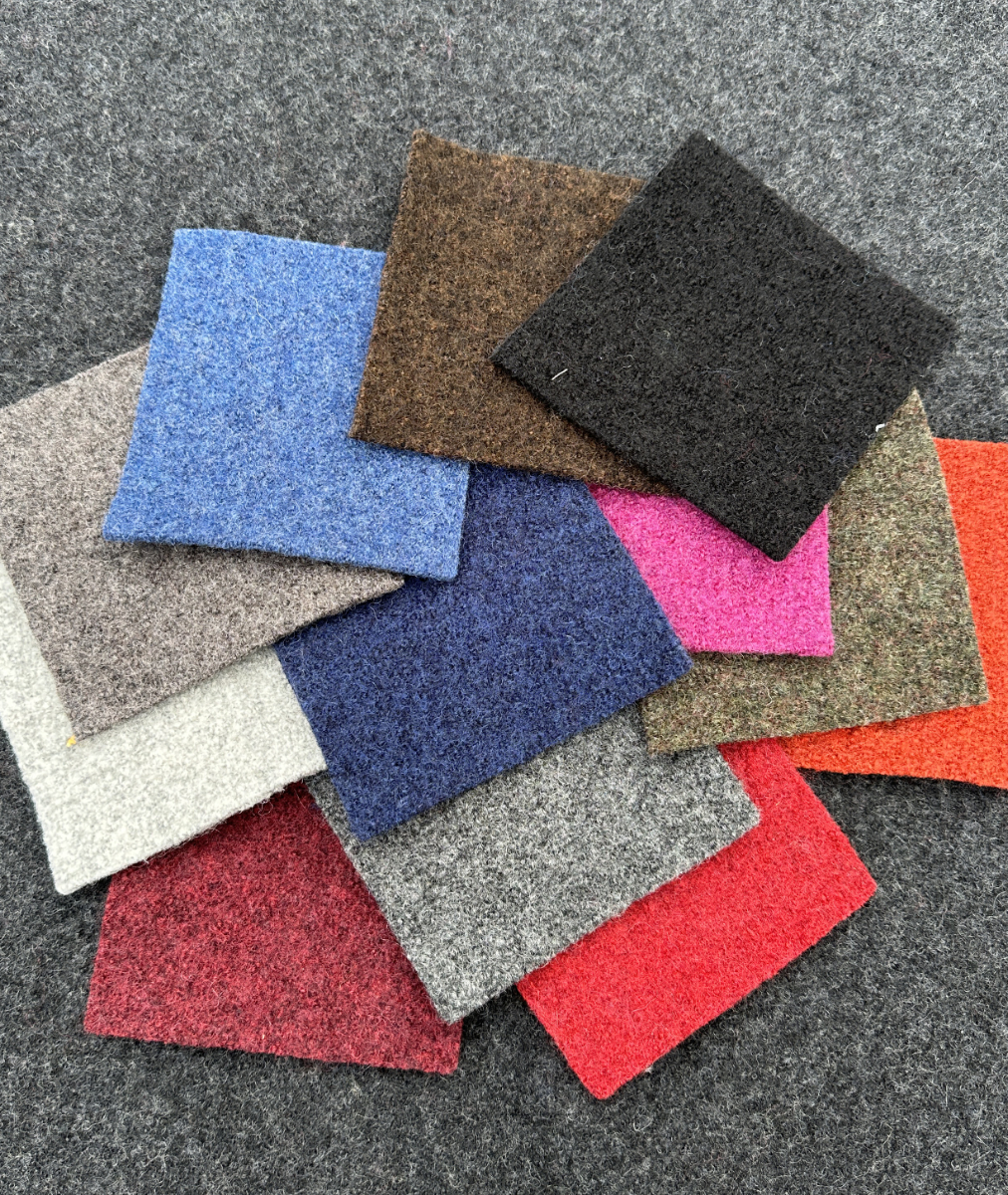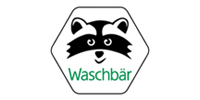The company, founded in Wahlstedt in 1984, has been producing clothing and accessories from milled wool and merino wool under the Mufflon brand since 1998. With dedicated employees, we produce only pure wool products today.
First, woolen fabrics are knitted and then refined into high-quality boiled wool fabrics. After being cut and embroidered, the individual parts are sewn together in countless steps to create a garment that is special in every respect. Mufflon clothing is one of a few outdoor products that are produced entirely in Germany.
Almost 100% of the machines, yarn, material and workmanship comes from Germany and the EU. We have been training young people and securing long-term jobs - for over 30 years.
We want to continue doing this in the future.
Andrea and Frank Schürmeyer
















